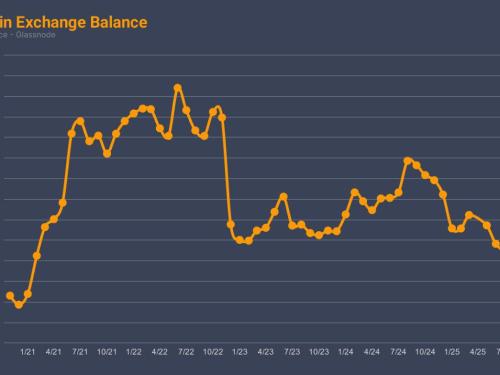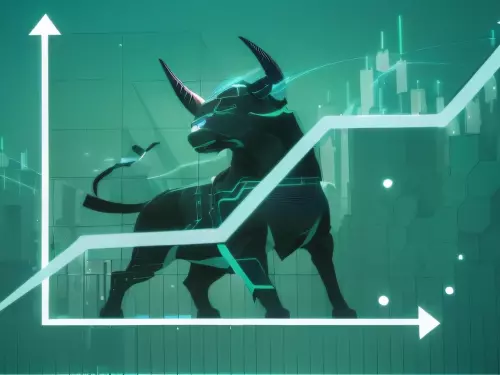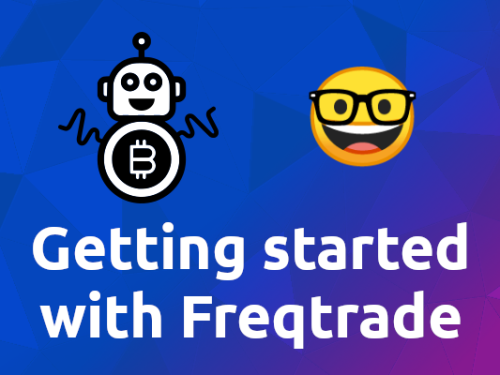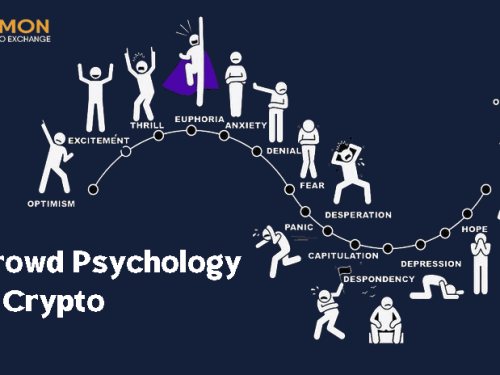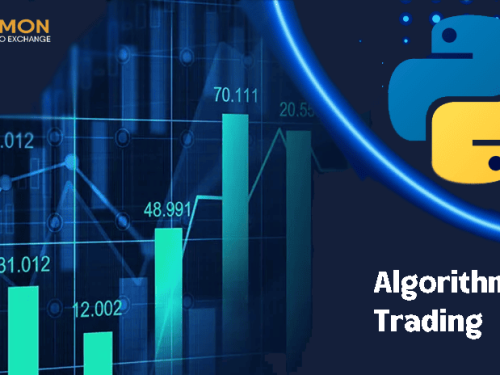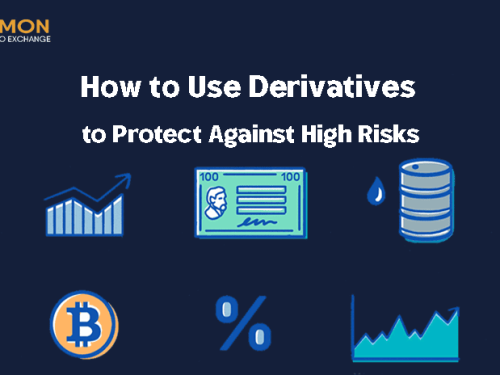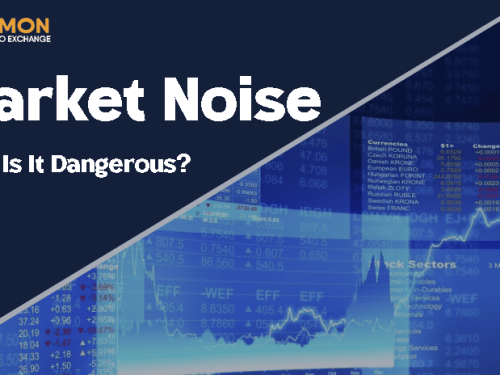News Manipulation, Crypto, Market Makers, Fake Insider Tips, FUD, Volatility Spikes, Run Stops, Algo-Trading, Traders
The digital asset landscape is constantly evolving, with users increasingly demanding speed and privacy. The introduction of Turbo Trade on EXMON has set a new standard, offering users an instant crypto exchange without account setup. This function is more than just a quick swap tool; it’s a streamlined gateway designed for high-speed, low-friction access to the crypto market.
For decades, trading fees have been a structural component of financial markets, and cryptocurrency exchanges are no exception. Typical spot trading fees range from 0.1% to 0.5% per trade, a seemingly minor cost that, when compounded over months of active trading, can significantly erode net returns. The question arises: why pay these fees if there are major exchanges offering zero-cost spot tradi
Over the past month, on-chain analytics have shown a significant trend that demands our attention: approximately 170,000 BTC have been withdrawn from crypto exchanges. Consequently, the total exchange balances for Bitcoin have dropped to a 5-year low.
Most articles online describe liquidations in very general terms: “a position gets closed by a margin call, which amplifies the move.” But the real mechanics of liquidations are far deeper. To truly understand them, we need to examine how the margin system is structured, what exactly the exchange’s liquidation engine does, and how large players exploit these mechanics.
A Complete Technical and Practical Guide. Freqtrade is an open-source, Python-based cryptocurrency trading bot that can run entirely on local hardware. It supports fully automated trading strategies, integrates AI/ML models for signal generation, and can connect to multiple exchanges using API keys.
In this article, we’ll break down lesser-known but highly effective crowd signals that can help you time your trades, avoid common traps, and capitalize on the herd’s emotional swings.
Algorithmic trading is no longer exclusive to hedge funds and institutional players. Thanks to Python and open-source libraries, anyone can develop their own trading strategies, automate processes, and even create profitable systems. In this article, we’ll cover how to write trading algorithms, what tools to use, and how to test your strategies before deploying them live.
So what really drives the price swings? Let’s cut through the noise and break down the real, unfiltered factors—the ones that insiders know but don’t always say out loud.
In this article, we’ll break down practical and advanced hedging strategies using derivatives, showing how institutional investors and pro traders protect their portfolios in ways most retail traders overlook.
The crypto market is a non-stop stream of data, news, tweets, indicators, and algorithmic moves. Amid this chaos, the key challenge is distinguishing real trends from random fluctuations. Most traders lose money because they mistake noise for signals, making impulsive decisions based on misleading market movements.
Staying true to its principles of innovation and trust, EXMON is gearing up to launch margin trading—an eagerly awaited feature for its users. The plans are set, with the anticipated launch date scheduled for May. But what exactly can traders expect, and why is this event so significant?







